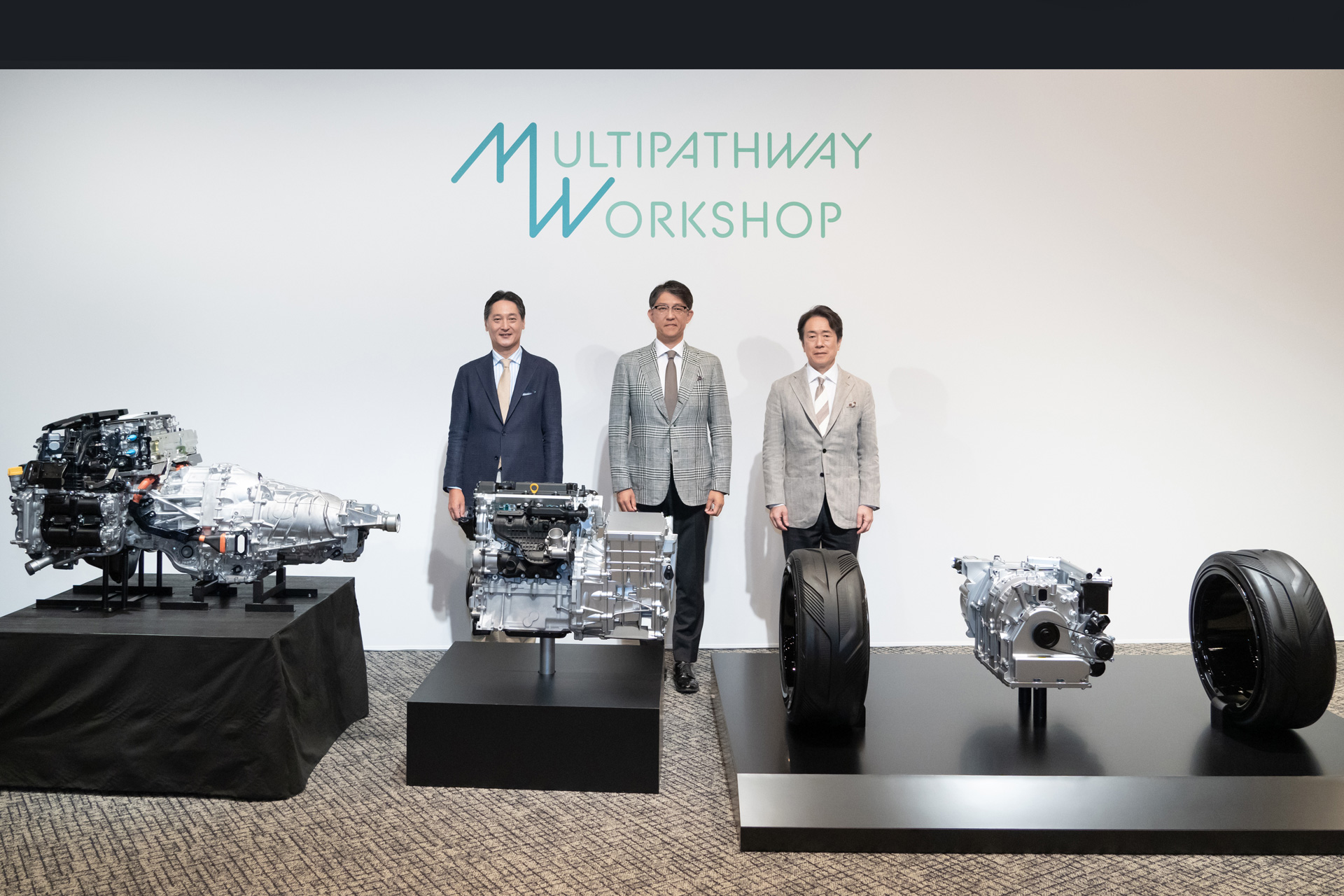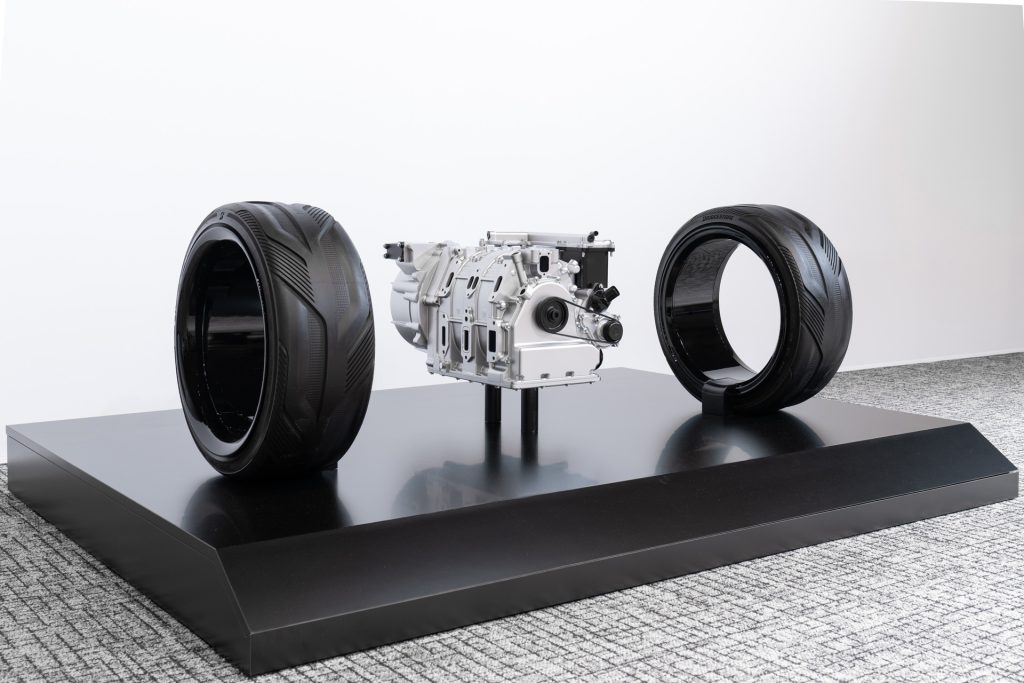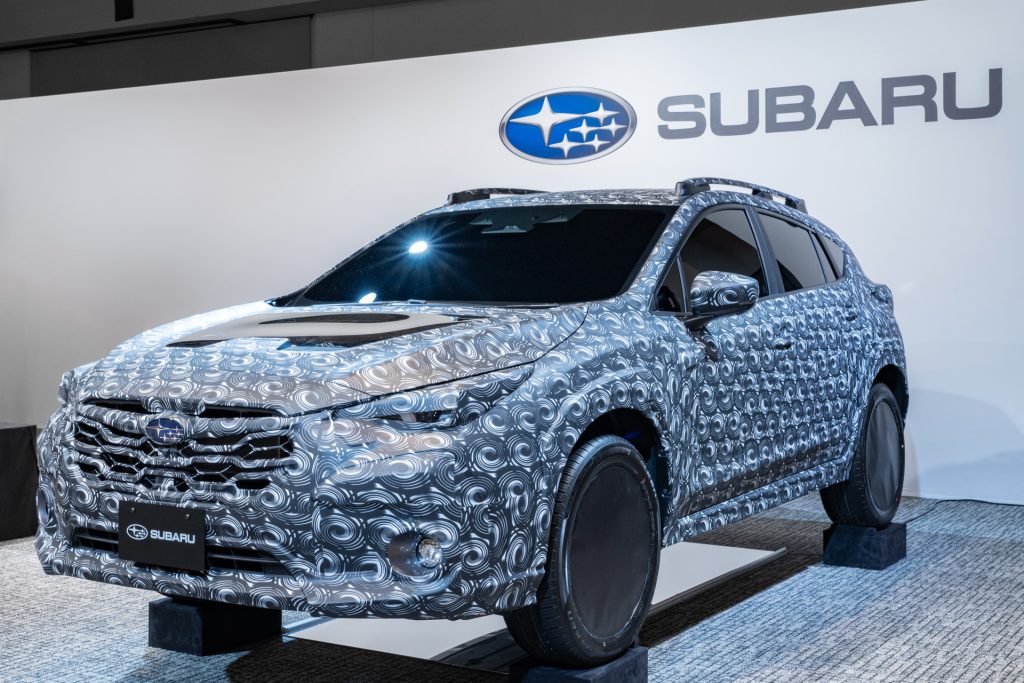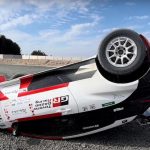Toyota, Mazda, and Subaru are showing that combustion engines still matter with triple alliance that aims to streamline and accelerate their development.

Toyota, Subaru, and Mazda announced a triple alliance to boost development of next-generation combustion engines
Partnerships in the automotive industry have been increasing in recent years as inflation, the needs of the market, and the increased costs of development are forcing automakers to enter interesting partnerships to try and rapidly adapt to the challenges that they face. The bulk of these recent partnerships have focused on the EV market where their new technology and small customer reach have forced automakers to find ways to spread the costs around.
However, a new triple alliance between Toyota, Subaru, and Mazda is showing that this tactic is also extending to combustion engines especially as the EV segment experiences a slowdown both in sales and demand. This slowdown is renewing interest in combustion engines and all three firms are doubling down to make sure they can quickly adapt to changing conditions on the ground.
Triple alliance builds on established framework
While this latest partnership focuses all of its efforts on combustion engines, it’s not the first time that all three Japanese auto companies have worked together for a common cause. Subaru for example is currently in a separate partnership with Toyota for the GR86 coupe and the Solterra EV while Mazda provided a rebadged Mazda 2 for Toyota’s defunct Scion brand and is now in a collaboration for hybrid technology in international markets.
What makes this particular setup unique is not only the sheer size of it but that the partnership will mutually benefit all three firms. This benefit however will not result in all three engines being one unified powerplant. Instead, the three companies will focus on building their “signature engines” with Toyota focusing on its inline four-cylinder engines while Mazda and Subaru work on their rotary and boxer engines respectively. The fruits of the collaboration will be reaped behind the scenes with all three engines benefitting from the streamlined development and cost management strategies that the newly inked deal provides. The three engines will also be compatible with several alternative fuels including liquid hydrogen, synthetic fuels, and biofuels.
A promising framework
In addition to making this announcement, Toyota, Subaru, and Mazda also brought several sample engines to provide a glimpse into what the plan is all about. Mazda brought single and dual-rotor rotary engines and reaffirmed prior comments that the engines are not linked to the wheels but will instead serve as generators for the battery pack. This technique made its production debut in the MX-30 and expect Mazda to further expand on this with other models in the future.
Toyota’s engines were still a work in progress, but the company says that the 1.5 and 2.0-liter powerplants on display have “high output and high thermal efficiency.” We hope that means a solid balance between performance and fuel economy with the company putting a renewed emphasis on that with recent hybrid offerings including the 2025 Toyota Camry. Subaru brought its next-gen hybrid system and also put it in a prototype Crosstrek SUV. The application in the Crosstrek caught our attention since there have been rumors swirling that the company might bring it to the U.S. after having it on sale in international markets for several years now.
More Hybrid Stories
- As EV Sales Growth Slows, Automakers Accelerate Hybrid, Plug-In Plans
- GM, Other Automakers Rethink EVs and May Shift Near-Term Emphasis to Hybrids, Plug-Ins
- Genesis Slowing EV Plans, Reportedly Adding Hybrids to Lineup
Room for more collaboration
While the three companies are putting their collective resources into combustion engines, This triple alliance has room to expand into other aspects of development, A key goal is that the three companies will be able to integrate electric drive units, batteries, motors, and other EV components into the core layout of these next-generation ICE engines.
With the engines themselves already primed to deliver higher amounts of performance on their own, the addition of electrification components could help them expand their potential and deliver better fuel economy and range to customers that want the best of both worlds in their next vehicle purchase.












0 Comments